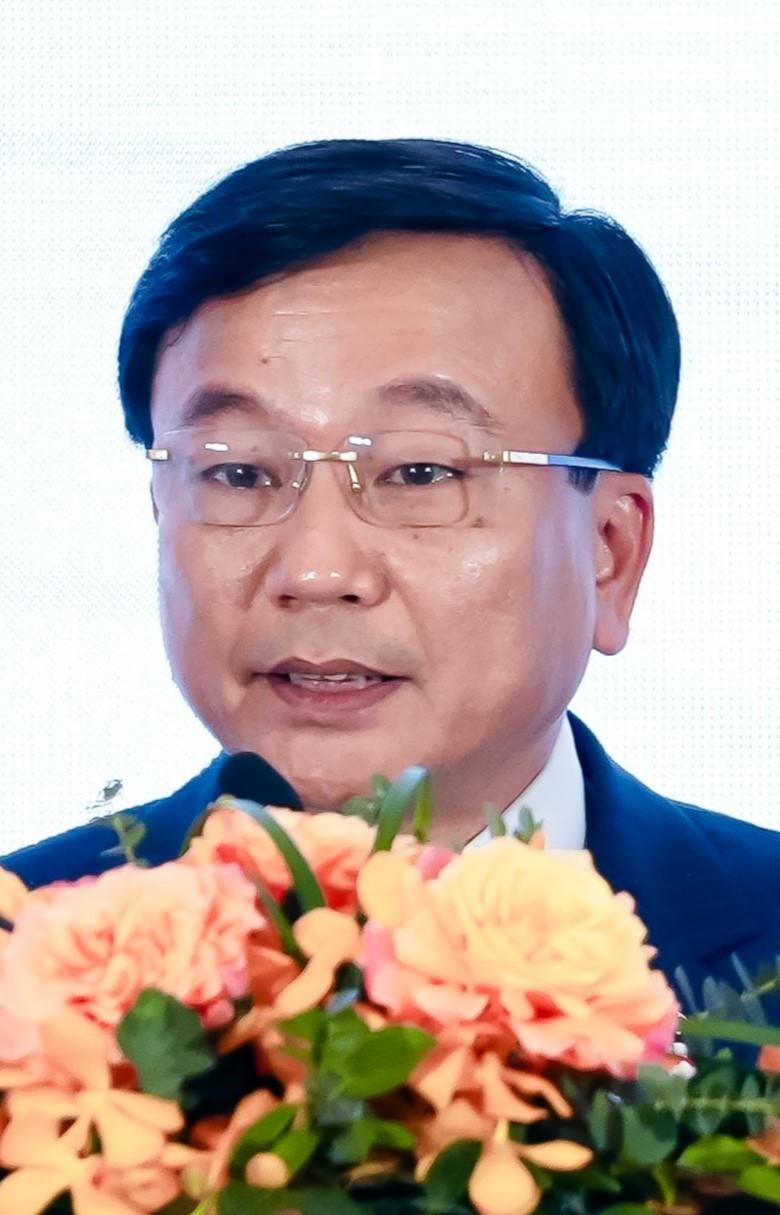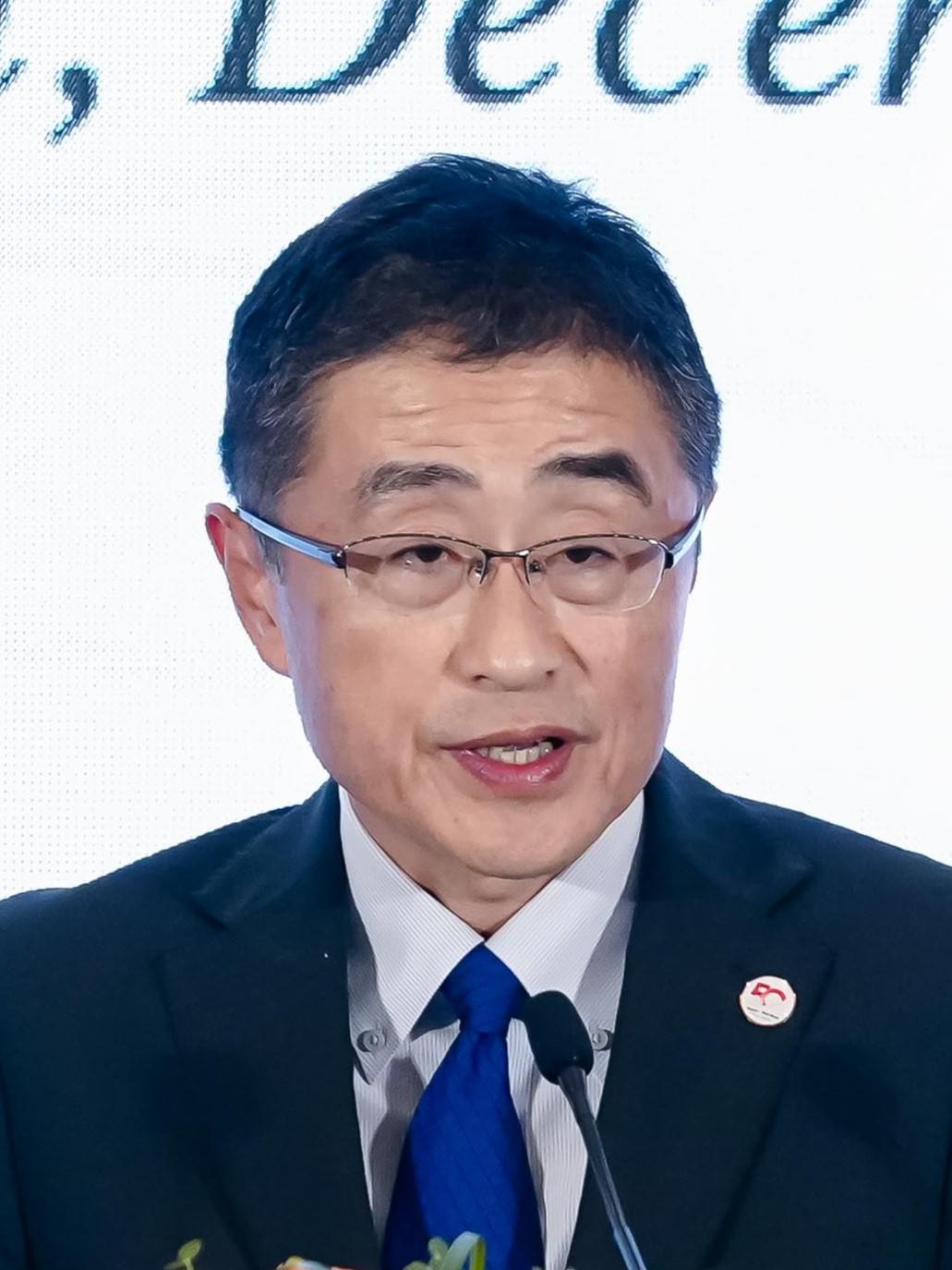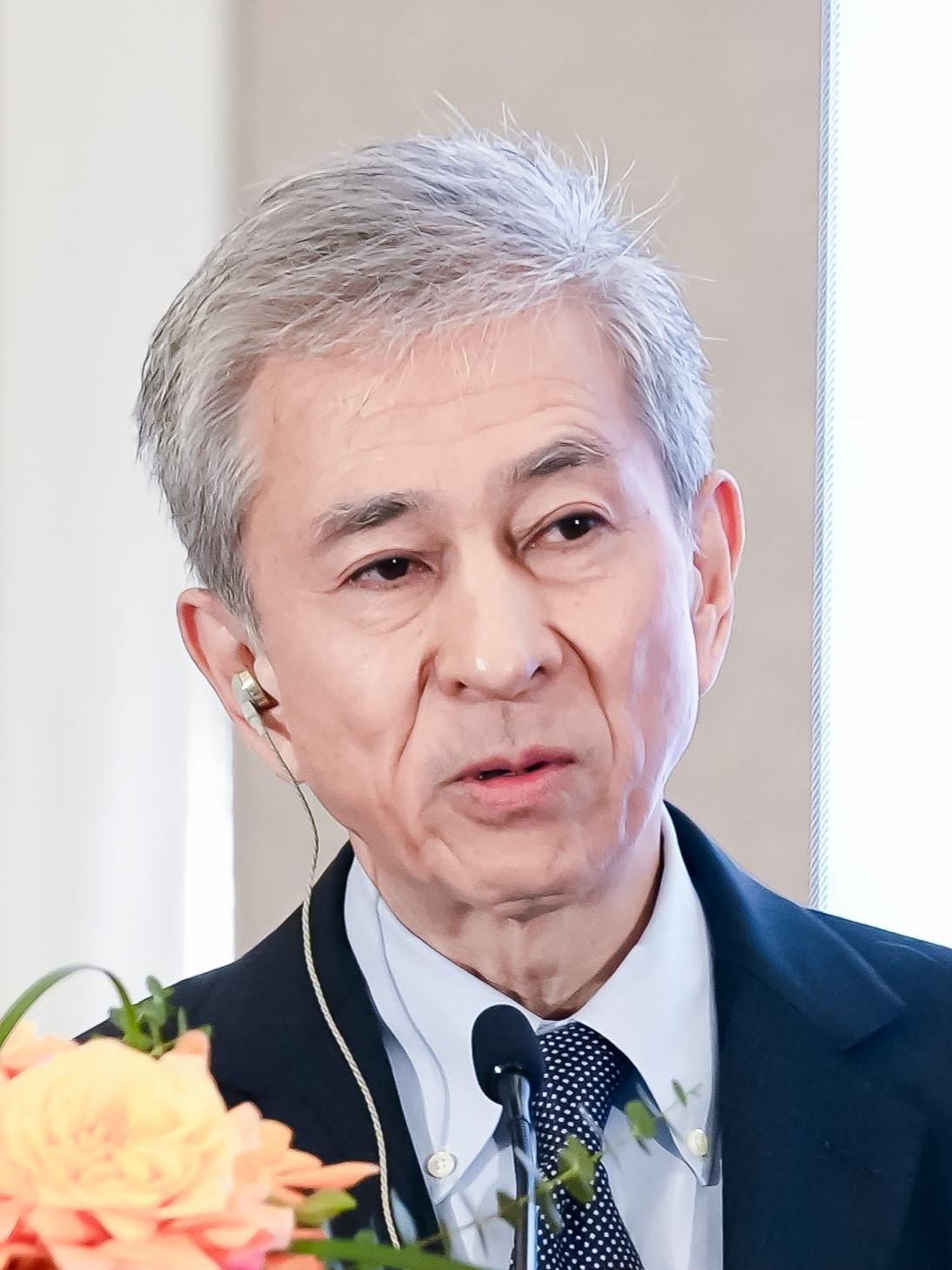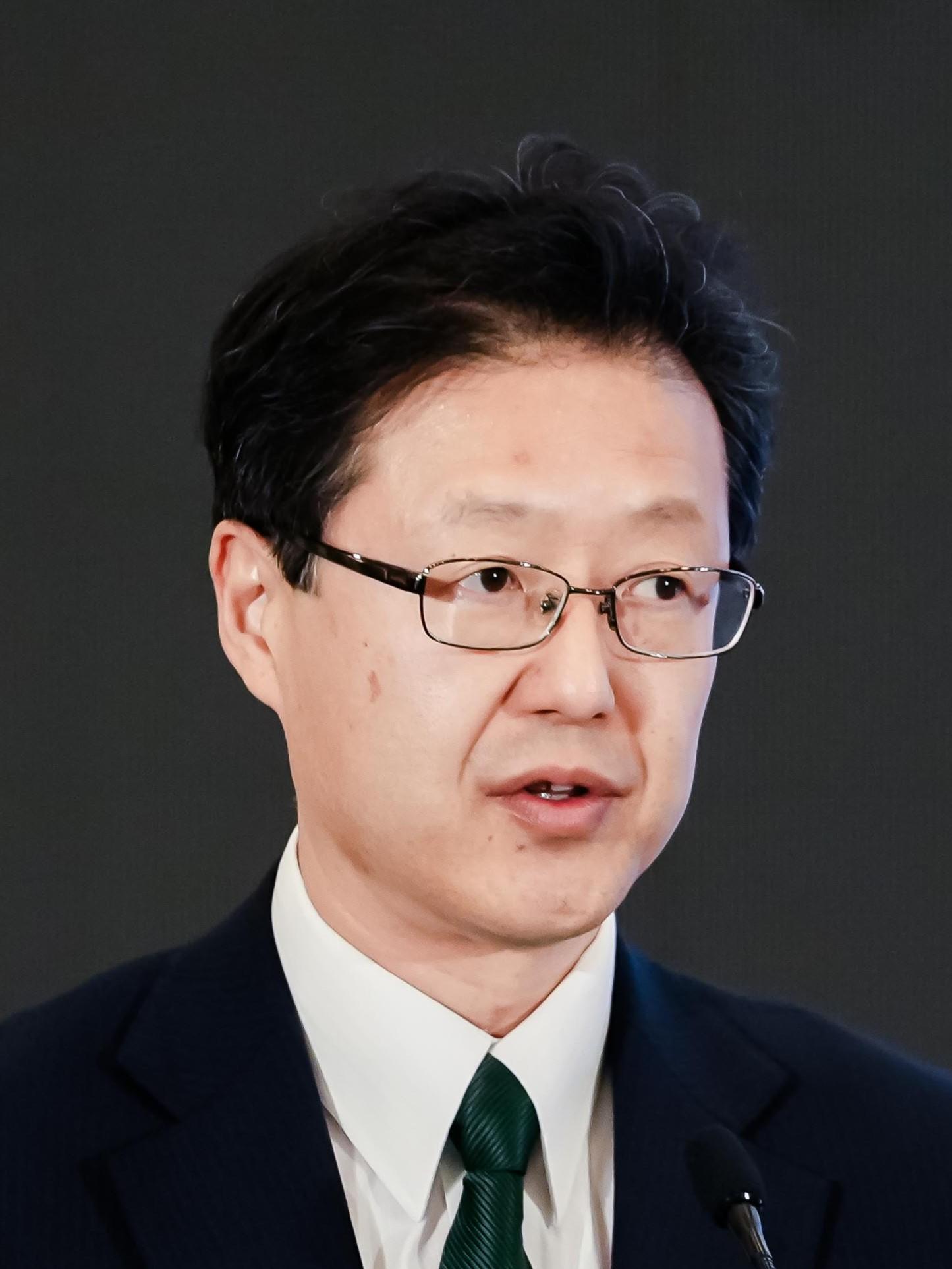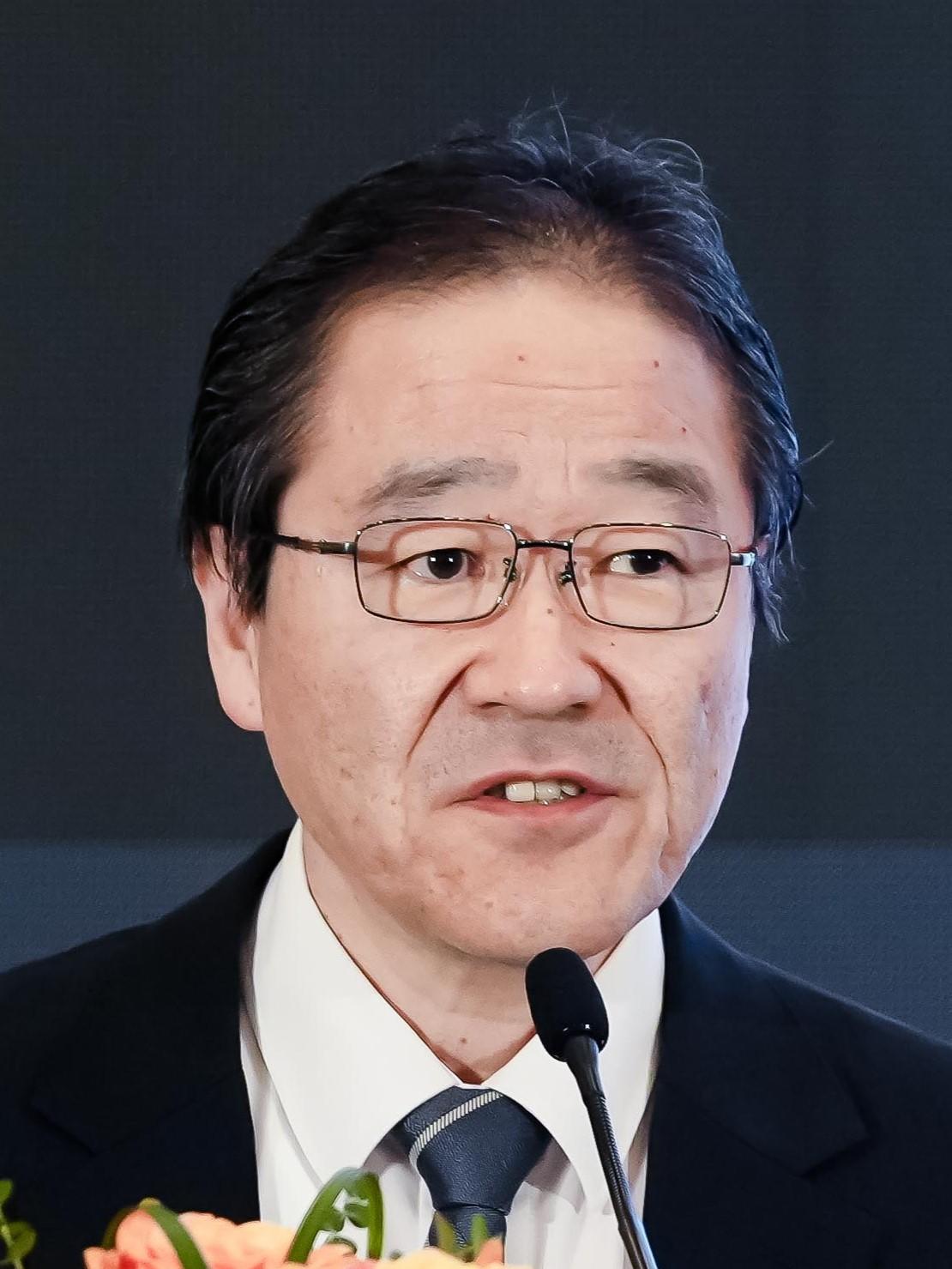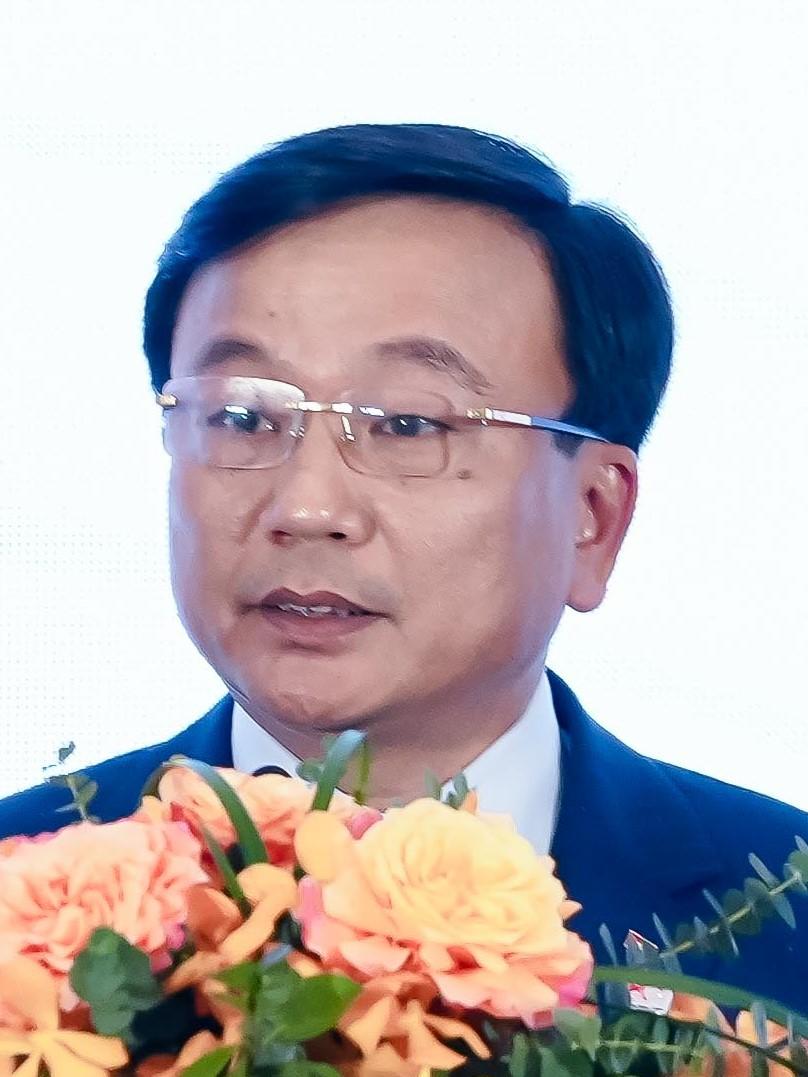Development and Operation of Sustainable Transportation Infrastructure (Railways, Ports and Airports)
- Based on Japan's Experience –
- Symposium etc.
- Integrated Transport, Arterial Transport, Urban Transport
- Railways and Railway and Area Development
- Aviation and Airport
- Maritime
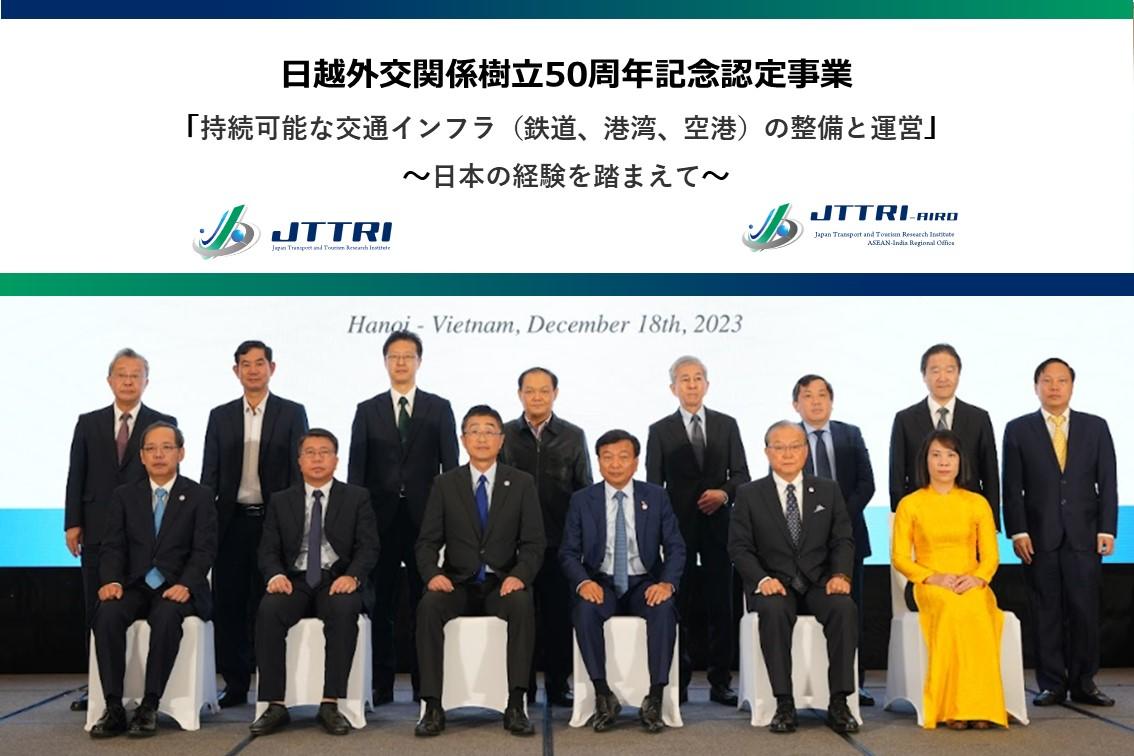

| Organizer | Ministry of Transport of Viet Nam Japan Transport and Tourism Research Institute (JTTRI) Japan Transport and Tourism Research Institute ASEAN-India regional Office (JTTRI-AIRO) |
|---|---|
| Sponsorship | Embassy of Japan in Viet Nam Japan Chamber of Commerce and Industry in Vietnam |
| Date / Time | Mon, Dec 18,2023 |
| Venue | Melia Hanoi Hotel Vietnam, Grand BallRoom 1st floor (ZOOM webinar / VN-JP-EN Simultaneous Intepretation) |
| Theme | Program : (1) Opening Remark: Mr. Masafumi SHUKURI, Chairman of JTTRI (2) Greetings from Guest of Honor: Mr. Nguyen Danh Huy, Deputy Minister of Transport, Socialist Republic of Vietnam Mr. Shige WATANABE, Deputy Chief of Mission, Minister of Embassy of Japan in Vietnam (3) Special Lecture: Mr. Pham Hoai CHUNG, Acting Director General, Transport Development & Strategy Institute Title: Transport Sector Planning Associated with Development and Operation of Sustainable Infrastructure Mr. Atsushi UEHARA, Vice-Minister for International Affairs, Ministry of Land, Infrastructure, Transport and Tourism (MLIT-Japan) Title: Development and Operation of Sustainable Transportation Infrastructure in Japan (4) Lectures by field and Q&A: ⅰ Railways (with an emphasis on High-Speed Railway) / Q&A Mr. Shuji EGUCHI, Executive Director, Japan Railway Construction, Transport and Technology Agency Title: Railway Development in Japan ⅱ Ports / Q&A Mr. Taku NISHIMURA, Deputy Director-General for Engineering Affairs, Ports and Harbours Bureau of MLIT-Japan Title: Port and Harbor Policies in Japan ⅲ Airports / Q&A Mr. Toshihiro YAMAKOSHI, Assistant Vice-Minister for International Aviation of the Minister's Secretariat, Civil Aviation Bureau MLIT-Japan Title: Efforts of Development, Management, and Decarbonization of Airports in Japan ⅳ Q&A on all fields (All Speakers) (5) Closing Remark : Mr. Nguyen Danh Huy, Deputy Minister of Transport, Socialist Republic of Vietnam |
Event Summary
This year marks the 50th anniversary of the establishment of diplomatic relations between Japan and Vietnam. Throughout the period of this favorable relationship, both countries have been advancing the development of their transportation infrastructure to support the flow of people and goods. This seminar centers on Japan’s experiences which could be valuable in helping frame policies and pursuing other activities related to sustainable development and operation, particularly in the context of SDGs and climate change, for the three crucial transportation infrastructures in Vietnam: Railways (with an emphasis on high-speed routes), Ports, and Airports. It should contribute to Vietnam’s development and, at the same time, further enhance the already strong relationship between our two countries.
Main related SDGs
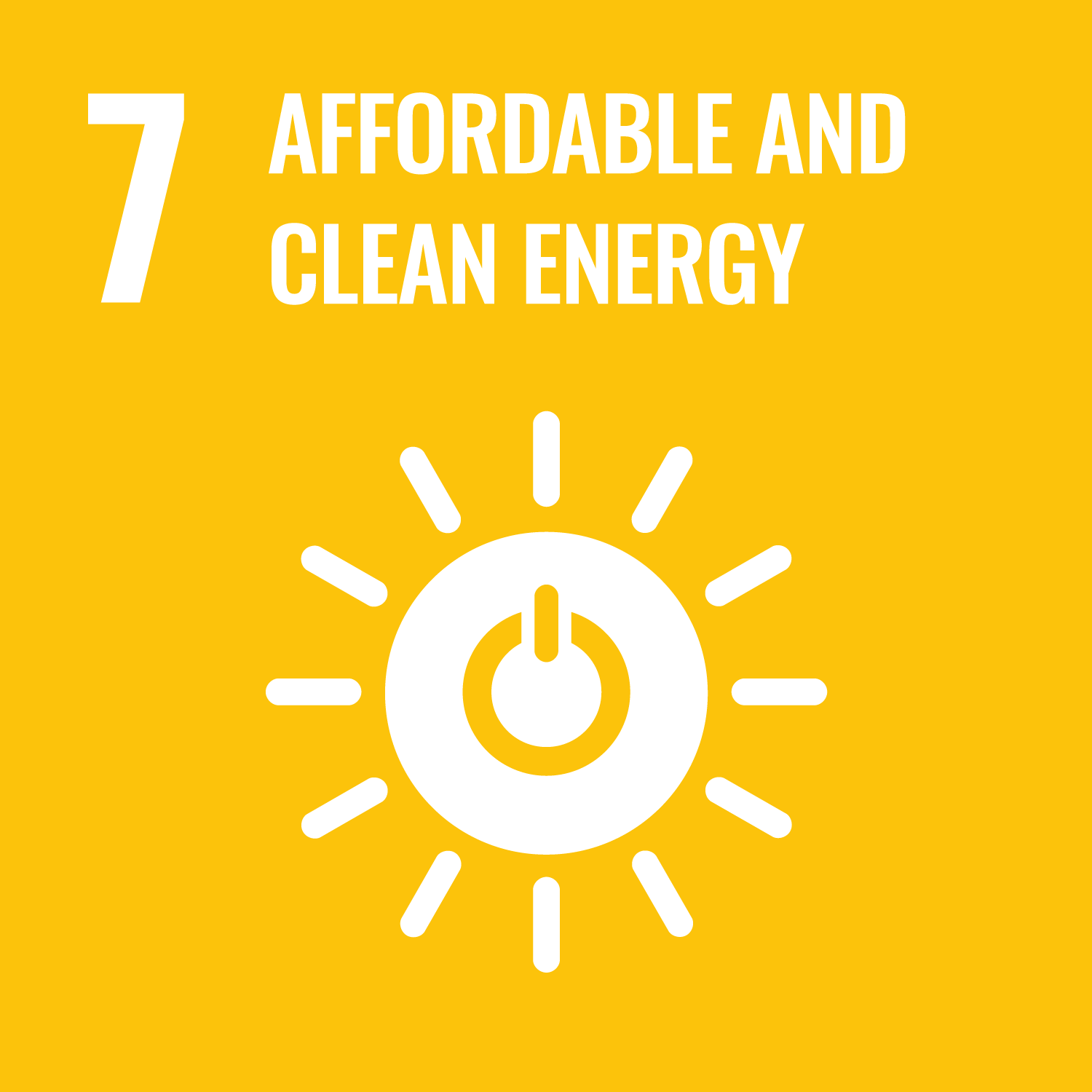
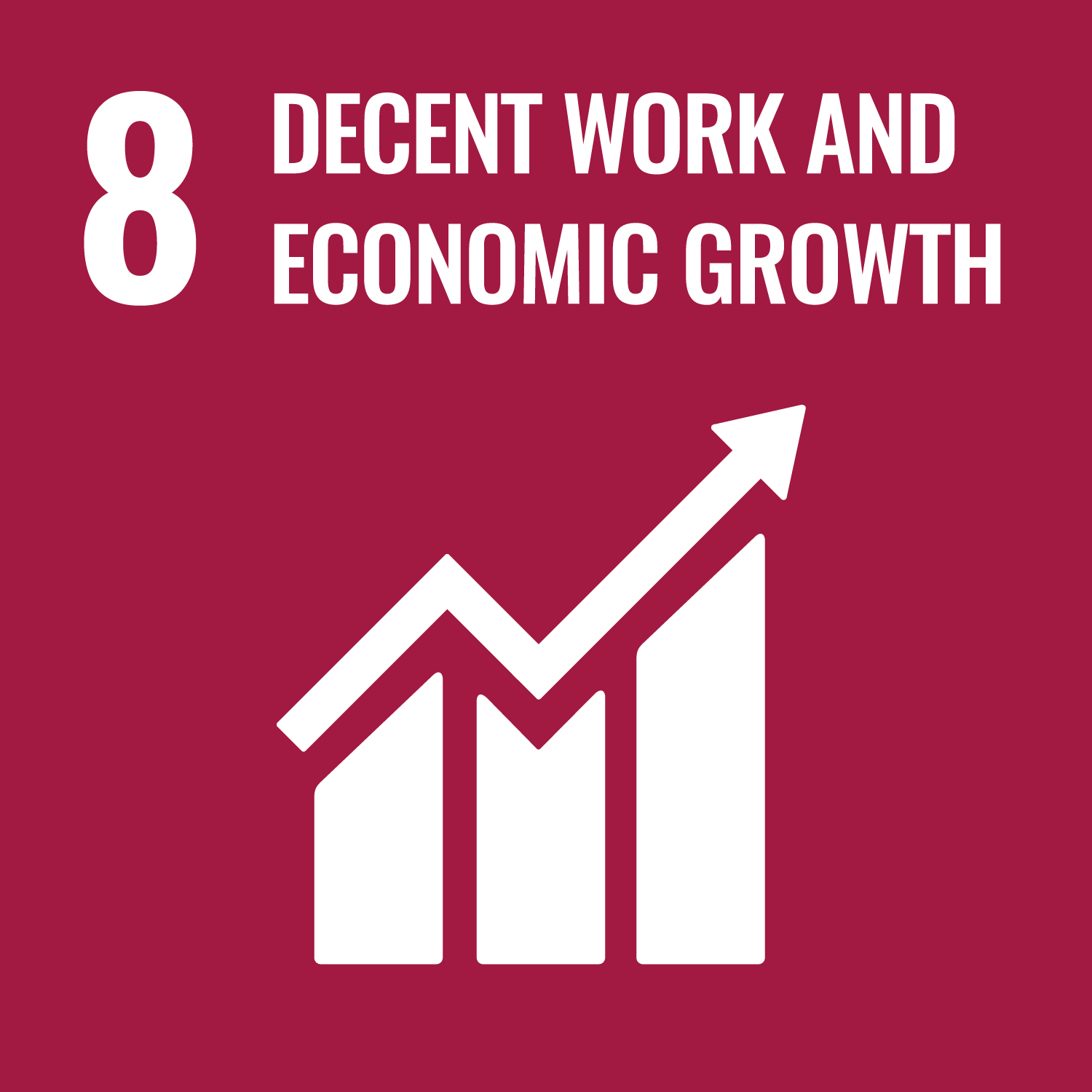
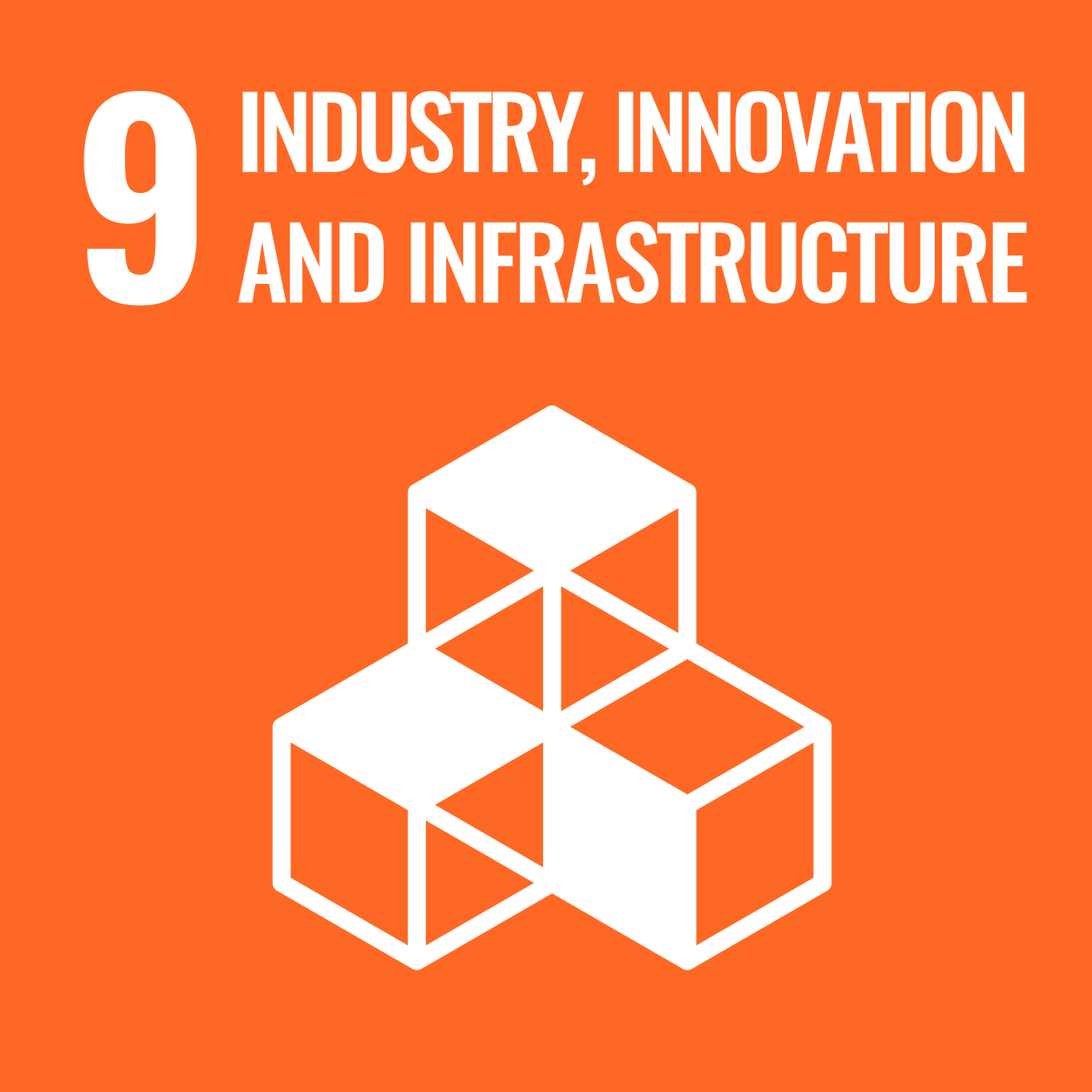
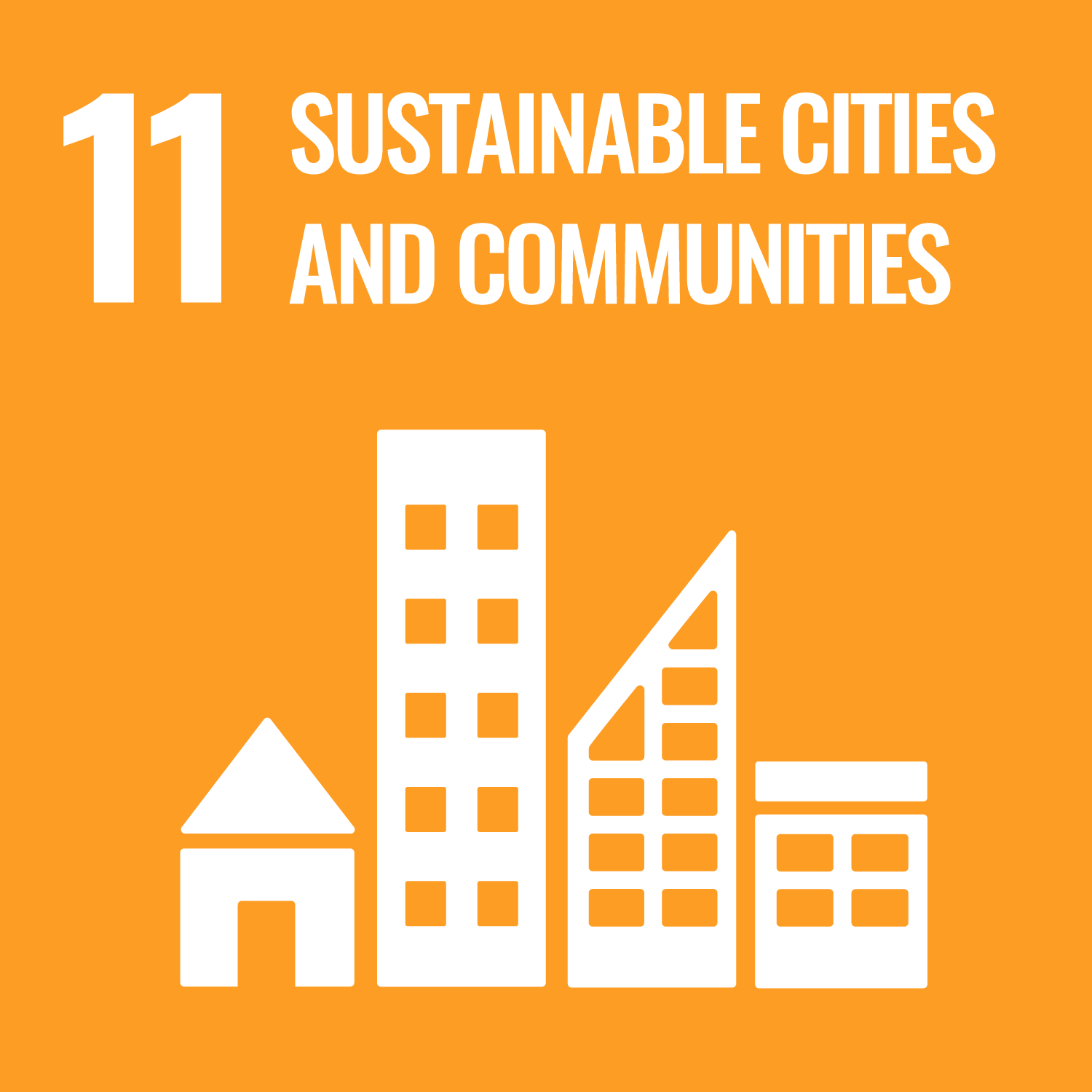
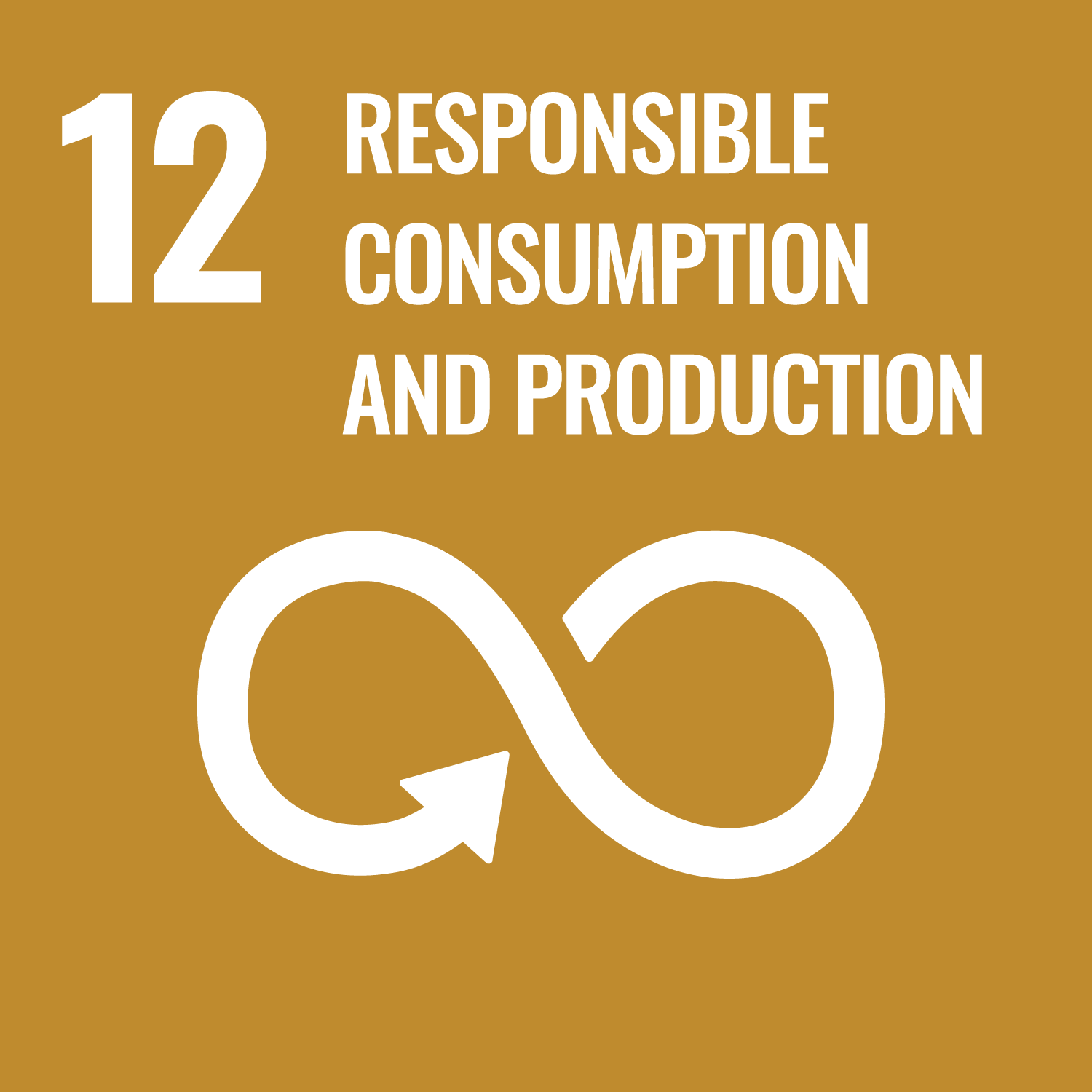

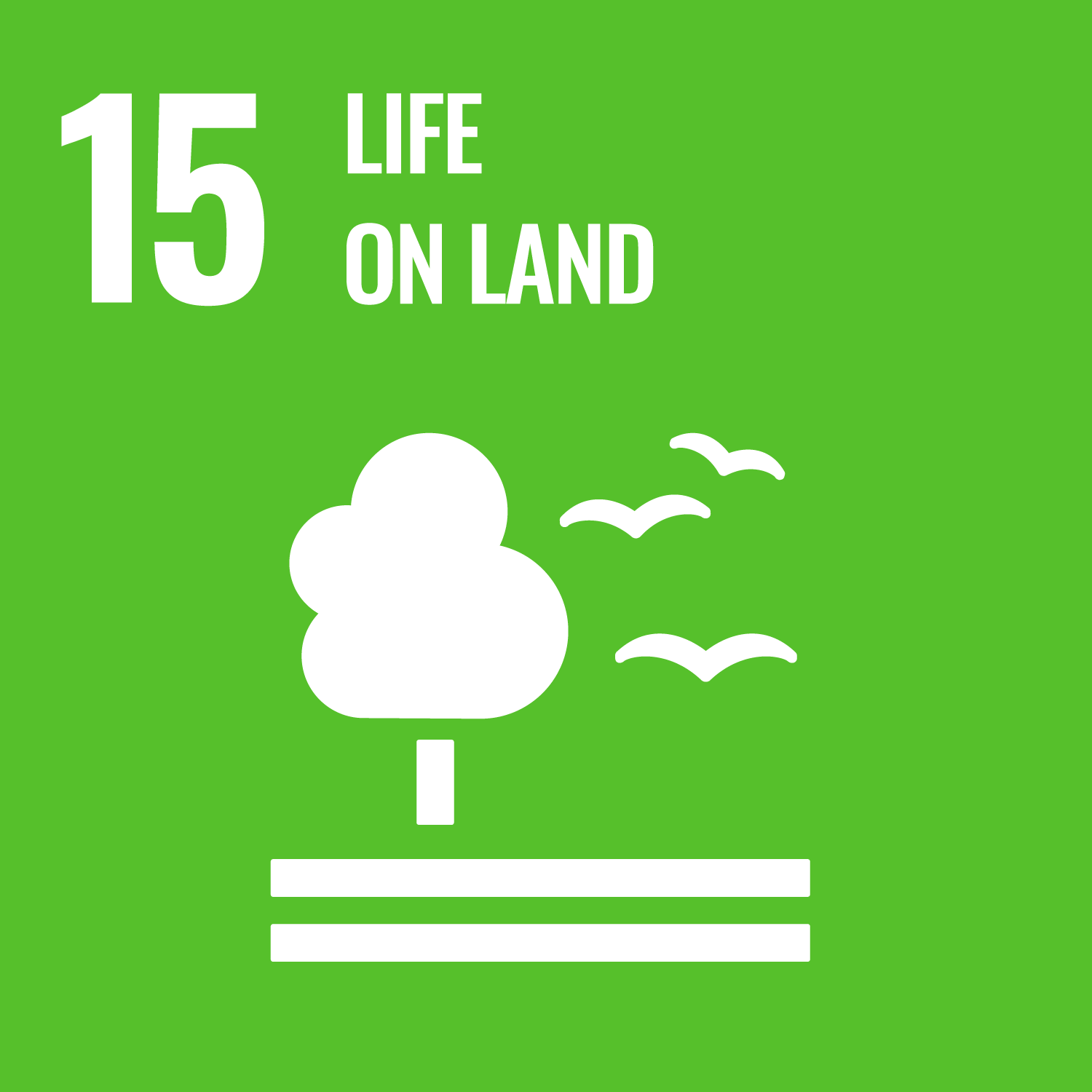
Program of the seminar is as the following
| Opening Remarks |
Mr. SHUKURI Masafumi
Chairman, Japan Transport and Tourism Research Institute (JTTRI)  Opening Remarks bio |
|---|---|
| Greetings from Guest of Honor | |
| Special Lecture |
Mr. Pham Hoai CHUNG
Acting Director General, Transport Development & Strategy Institute 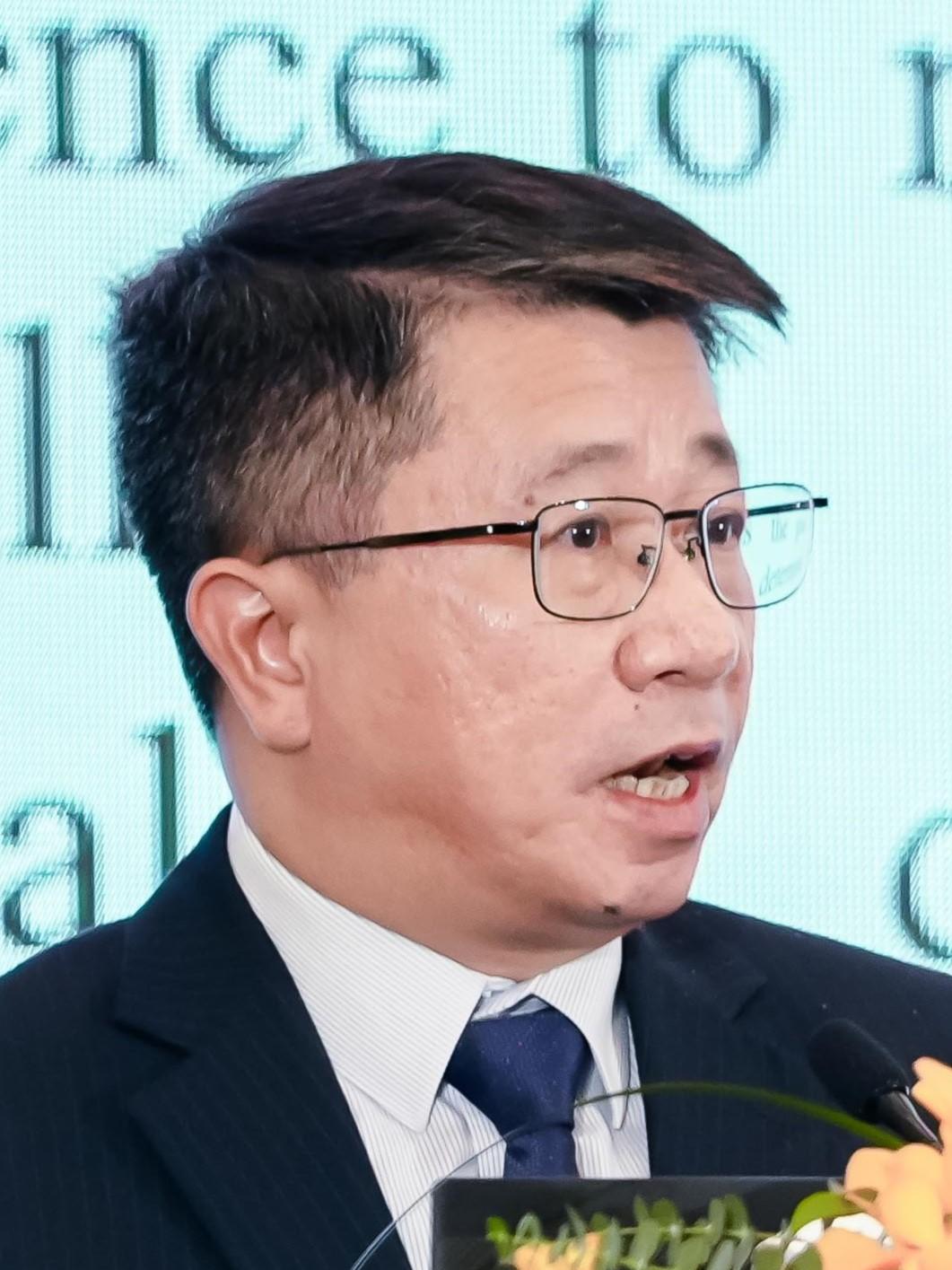 bio file(Japanese) file(English) Mr. Atsushi UEHARA Vice-Minister for International Affairs, Ministry of Land, Infrastructure, Transport and Tourism (MLIT-Japan) 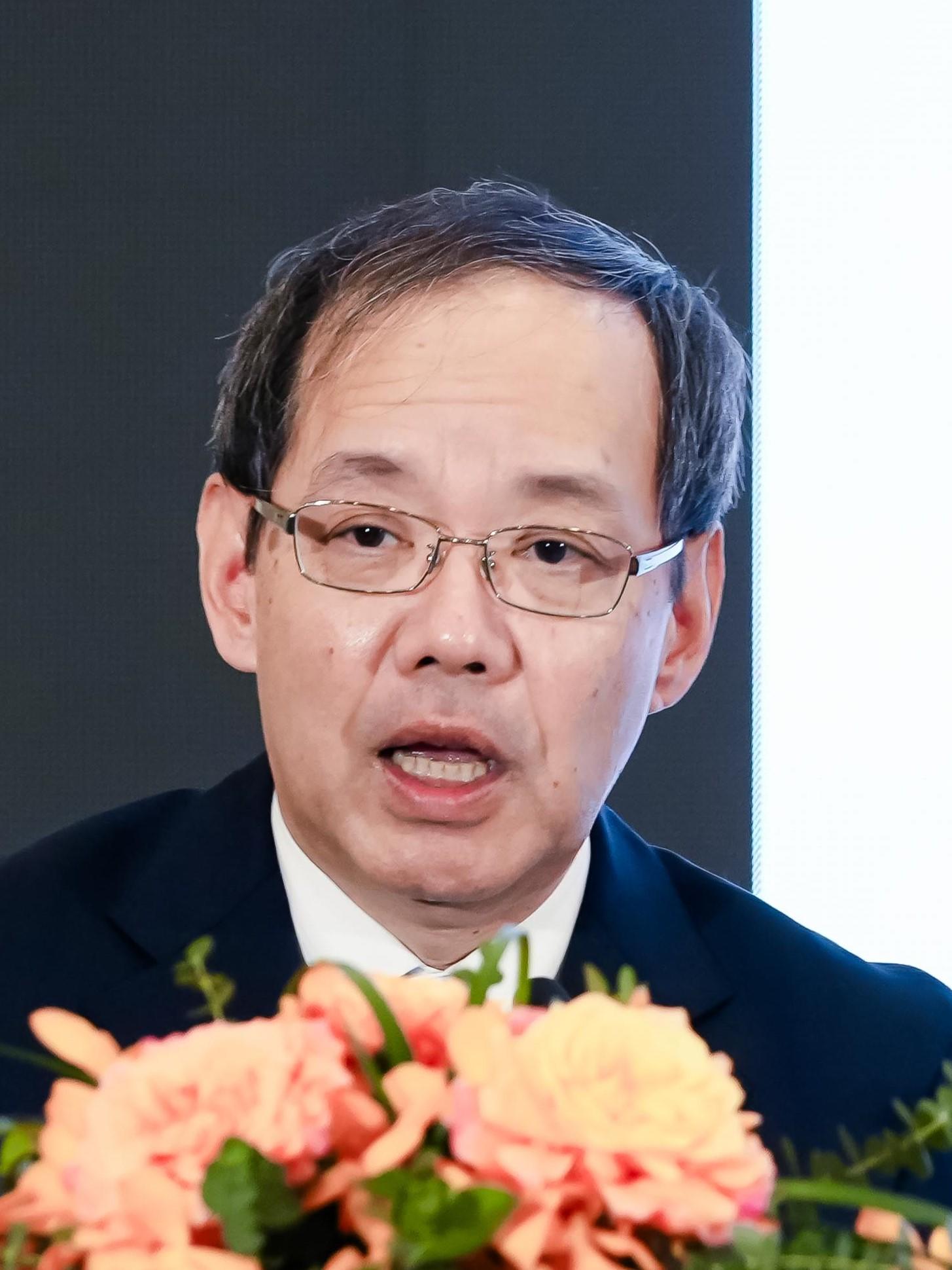 bio file(Japanese) file(English) |
| Lectures by field and Q&A |
<Railways> Railway Development in Japan
Mr. Shuji EGUCHI |
| Closing Remarks |
H.E. Mr. Nguyen Danh Huy |
Outline of the seminar
■Greetings from Guest of Honor
○Mr. Nguyen Danh Huy
Deputy Minister of Transport, Socialist Republic of Vietnam
Transportation infrastructure is positioned as one of the strategic elements in Vietnam’s economic and social development, as well as national security. We are currently working to develop important transportation infrastructure, and we have made the following accomplishments thanks to our efforts thus far:
・The highway network was initially constructed with 29 highway routes, with a total length of 1,729km.
Currently, approximately 1,071km of highways are under construction, and we are aiming to develop over 3,000km of highways in Vietnam by 2025.
・The railway has been maintained and developed since its installation in 1881. The Cat Linh-Ha Dong urban rail line was opened, and construction is underway on other lines, in addition to Ho Chi Minh’s Metro Line No.1. Along with efforts to accelerate the progress on urban rail projects in Hanoi and Ho Chi Minh City, the focus is also on the progress on investment policies for the North-South high-speed rail project.
・With regards to ports, Vietnam operates 286 ports in order to ensure the ability to transport, import, and export goods. Among these ports, Lach Huyen Port is a representative project.
・With regards to airports, Vietnam currently operates 22 airports. Construction has begun on Long Thanh International Airport (Phase 1) and Tan Son Nhat International Airport T3.
In addition, the Japanese government has provided various types of support throughout Vietnam. For example, in Hanoi, we received support for the development of Noi Bai Airport’s Terminal 2 as well as for the development of an access road connecting the Nhat Tan Bridge with Noi Bai Airport, etc. We received advanced technical support for the Bai Chay Bridge in Quang Ninh Province in the north and the Hai Van Tunnel in the central region. Additionally, in the south, an expressway from Ben Luc to Long Thanh is being constructed with the aim of opening in 2025.
In the future, plans are being made for Vietnam’s transportation infrastructure in five different areas: roads, ports, railways, airports, and inland waterways. Vietnam’s goals for 2030 are projected to be as follows:
・Work on completing approximately 5,000km of highways
・Make improvements and renovations to ensure rail safety on existing railway lines
・Investment in two priority sections of the North-South high-speed railway (Hanoi-Vinh, Nha Trang- Ho Chi Minh)
・In particular, prioritize the construction of several railway lines that connect Hai Phong with the international gateway ports in the Ba Ria-Vung Tau Province
・Connect Ho Chi Minh City and Can Tho City, and make international connections with China, Laos, and Cambodia
・Expand urban rail to mitigate traffic congestion in Hanoi and Ho Chi Minh City
・Complete a port system equipped to handle 1.14 billion to 1.423 billion tons of cargo (of which 38 to 47 million TEU of container cargo) and 10.1 million to 10.3 million passengers
・Build a system of 30 airports comprising 14 international airports and 16 domestic airports
Achieving the above goals will require the preparation of many resources and cooperation and support from overseas. In particular, with the upgrade of Japan-Vietnam relations to a comprehensive strategic partnership, valuable support from Japan is essential to the plan’s success.
Having experts hold discussions towards the realization of the five areas of transportation infrastructure in Vietnam through today’s seminar and based on Japan’s experiences will be an extremely beneficial initiative. This year marks the 50th anniversary of diplomatic relations between Japan and Vietnam, and as we enter a “comprehensive strategic partnership,” it is hoped that today’s dialogue and discussions will be even more meaningful. In addition, these exchanges are also an extremely good opportunity for associations, corporations, and research institutes in the field of transportation infrastructure in both countries to share, exchange, connect, and promote future cooperation and business ideas.
On behalf of the Ministry of Transport of Vietnam, I would like to express my sincere gratitude to the Ministry of Land, Infrastructure, Transport and Tourism of Japan, the Japan Transport and Tourism Research Institute, the Embassy of Japan in Vietnam, and Japanese experts and corporations for their tremendous support and cooperation so far. I believe that today’s seminar will serve as an opportunity to further develop the cooperative relationship between the two countries and the collaboration between Vietnam’s Ministry of Transport and Japan’s Ministry of Land, Infrastructure, Transport and Tourism.
○Mr. Shige Watanabe
Deputy Chief of Mission, Minister of Embassy of Japan in Vietnam
This year marks the 50th anniversary of the establishment of Japan-Vietnam diplomatic relations, and we have had wonderful exchanges throughout the year. It was a year in which I felt that our relations are at an all-time high in all aspects, be it politics, economy, or culture.
In February, Prime Minister Kishida and General Secretary Trong held a video conference meeting, during which they agreed to further strengthen the relationship between the two countries. Furthermore, at the end of last month, President Thuong visited Japan, and during a summit meeting with Prime Minister Kishida, it was agreed that the bilateral relationship would be upgraded to a comprehensive strategic partnership for peace and prosperity in Asia and the world, and a joint statement was issued. In the joint statement, the two leaders shared the recognition that Japan’s ODA to Vietnam has greatly contributed to the social development of Vietnam for over 30 years, and confirmed that they will further strengthen mutual cooperation to revitalize Japan’s ODA and promote large-scale and high-quality infrastructure development projects in Vietnam.
Prime Minister Chinh has been visiting Japan since last weekend to participate in the ASEAN-Japan Commemorative Summit (accompanied by Minister of Transport Thang), and at the summit meeting, specific discussions were held regarding infrastructure development. For example, the signing and exchange of loans for the fourth phase of the Ho Chi Minh Metro Line No.1 was conducted. As a result, in 2023, the maximum amount of yen loans exceeded 100 billion yen for the first time since 2017.
Japan’s ODA supports infrastructure development based on the concept of high-quality and sustainable infrastructure. With regards to the railways, ports, and airports that will be discussed in this seminar, we are supporting the development and operation of sustainable infrastructure in Vietnam such as the following:
Railways: Renovation of the North-South railway and development of Ho Chi Minh City’s Metro Line No.1
Ports: Development of Cai Mep Thi Vai Port, Tien Sa Port, and Lach Huyen Port
Airports: Development of passenger terminal buildings at major airports in the north and south, such as Tan Son Nhat Airport and Noi Bai Airport
In today’s seminar, Japanese experts in the three main fields of railways, ports, and airports will talk about Japan’s experience regarding the development and operation of sustainable transportation infrastructure that takes SDGs and climate change into consideration.
I would like to personally introduce some of the selling points of Japan’s Shinkansen, ports, and airports.
Shinkansen: We have achieved a high frequency of transportation that is unprecedented in the world, with a maximum of 17 trains per hour, while maintaining a high level of punctuality and stability.
Ports: We are developing and operating ports with waterfront industries through public-private collaboration, which promotes industrial locations in coastal areas and port development in an integrated manner.
Airports: We maintain on-time flights, safety, and cleanliness, and also pay attention to universal design. In particular, Japan’s strength lies in its airport management methods, which includes building a commercial complex in the airport area in order to increase non-aeronautical revenue.
The content of today’s seminar will be very helpful to develop and operate high-quality infrastructure in Vietnam. I believe that it will be a wonderful seminar that is suitable to mark the closing of the 50th anniversary.
■Special Lecture
◎ “Transport sector planning associated with development and operation of sustainable infrastructure”
Mr. Pham Hoai Chung
Acting Director General, Transport Development & Strategy Institute
●Overview of transport sector planning
Vietnam’s GDP is 409 billion USD, ranking it 37th in terms of economic size in the world. Vietnam has acceded to various treaties, and in particular, is making efforts towards achieving net zero by 2050 and its Nationally Determined Contributions (NDC) under COP26. Through this, Vietnam plans to reduce greenhouse gas emissions by 43% by 2030. In addition, Vietnam has ranked among the top 10 of the world’s 50 emerging global logistics markets, and is considered to be the country with the greatest logistics development potential in Southeast Asia. These are important conditions for the development of Vietnam’s transportation infrastructure.
As a characteristic of transportation development, five transportation plans were implemented/determined for the first time. The plan focused on transportation methods around the country and connections between regions in order to maximize the advantages of each transportation method and the characteristics of each region. In particular, we plan to promote railway development of the North-South railway. At the same time, transportation in oceanfront areas and inland waterways will also be promoted, and reductions in logistics costs are being planned. Based on Resolution No.81 adopted by Vietnam’s National Assembly in 2023, the Ministry of Transport created plans for five sectors: roads, ports, railways, airports, and inland waterways.
The total investment capital needs for transport infrastructure by 2030 is about VND2.069 trillion (approximately 12.5 billion yen), of which the railway, port, and airport sectors account for approximately VND1.011 trillion (equivalent to 48.9%). In order to realize sustainable transportation infrastructure, we have been receiving support for traffic forecasting through JICA since 1999. Transportation network planning is underway based on the research findings.
●Master plans on transport network development in 2021-2030 and vision to 2050
・Ports
Vietnam’s coastline is over 3,000km, and the government considers the ocean to be an important resource. Currently, Vietnam owns 1,477 ships (#22 of the world). Freight transport volume has been increasing year by year, and approximately 80% of export cargo volume passes through its ports. Ports are divided into five ranks, and 28 of the 63 provinces and municipalities of Vietnam have coastlines, all of which are equipped with port systems to contribute to socio-economic development. Based on forecasts for future economic demand and cargo volume, there are plans to develop 36 ports nationwide by 2030. In addition, the greening of ports will also be promoted in the vision plan for 2050. As the economy grows, plans that emphasize the connectivity of ports, roads, and inland waterways are being developed.
・Railways
Vietnam owns 191 locomotives and 3,122 passenger cars and freight cars. Passenger volume temporarily decreased due to the effects of COVID, but it has currently recovered and is on an upward trend. Although rail transport is not meeting the demands of economic growth, it is showing positive development. The total length of railway infrastructure is approximately 3,143 km, of which 6% is standard gauge (1,435mm), 9% is mixed gauge, and the remaining 85% is narrow gauge (1,000mm).
There are plans to develop 16 railway routes (7 existing routes and 9 new routes), equivalent to 4,820km, by 2030. This plan will focus on developing railways to export cargo to Europe via the border with China, and establishing international railway connections such as Laos and Cambodia. Furthermore, there are plans to develop railways exclusively for ports. The development of the North-South high-speed railway, scheduled to be completed by 2045, is the most important project in railway development, and the Ministry of Transport is actively working to realize the development plans. In addition, there are plans to proceed with TOD-type development of railway lines and urban railways connecting the two railway hubs of Hanoi and Ho Chi Minh City.
・Airports
There are 22 airports (9 international airports and 13 domestic airports) across Vietnam. The capacity of these airports is 92.4 million passengers/year and 1 million tons of cargo per year. The number of passengers and cargo volume temporarily decreased due to the effects of COVID but are gradually recovering. In 2022, there were approximately 49 million passengers, and the cargo volume was 300,000 tons. Airport plans are centered on Noi Bai in northern Vietnam; Tan Son Nhat and Long Thanh International Airport, which is currently under construction, in southern Vietnam; Da Nang International Airport in central Vietnam; and Can Tho Airport in southwest Vietnam. A network of airports is planned around these hubs. Thirty airports (14 international airports and 16 domestics airports) are planned for development by 2030, and a further three airports by 2050.
●Orientations and solutions for developing and operating sustainable transport infrastructure
Capital sources: Properly allocate capital sources in a well-balanced manner for transport infrastructure maintenance.
Technology: Strengthen research and application of the latest technology and techniques, promote digital transformation, and exploit artificial intelligence.
Material: Use new, sustainable, and environmentally-friendly materials.
Energy: Shift to green energy and renewable energy during the development process.
Human resources: Strengthen capacity building and human resource development for sustainable development.
In particular, Vietnam has set the goal of becoming a high-income developed country by 2045, and the development of transportation infrastructure will play a very important role in achieving this goal.
◎ “Development and Operation of Sustainable Transportation Infrastructure in Japan”
Mr. Atsushi Uehara
Vice-Minister for International Affairs, Ministry of Land, Infrastructure, Transport and Tourism
In terms of the exchange of goods, trade between the two countries has steadily expanded, with mutual trade volume approximately tripling in the last decade, and currently, Japan is Vietnam’s fourth largest trading partner. In terms of the exchange of people, the number of Japanese/Vietnamese visitors to their respective countries has approximately quadrupled in the decade before the COVID pandemic, and the total number of mutual visitors was approximately 1.45 million as of 2019. In addition, the number of mutual visitors has been steadily recovering since the COVID pandemic. In terms of international transportation supporting the exchange of goods and people, many ports and airports in both countries are directly connected by regular sea routes and air routes, and it is expected that exchanges between the cities of both countries will increase in the future.
●Development and Operation of Sustainable Transportation Infrastructure in Japan
The term sustainability has several meanings, but in broad terms, I think that it signifies management sustainability and environmental sustainability. Management sustainability is particularly important for infrastructure development and operation. Since the 2000s, as the transportation infrastructure network was largely completed, the policy focus shifted from development to operation. Public entities became involved in public infrastructure and made strategic investments, while various forms of public-private collaborations that also make use of private funds and vitality have been explored.
・Railways
Although Japan has a population of over 100 million people, its habitable land area is small, and a large number of people live in concentrated areas. Such geographical conditions are suited for railways, which have excellent characteristics as a mass transit system. Therefore, Japanese railways are based on a self-supporting system in which the burden is paid for by users, and facility maintenance and transportation services are mainly provided by private operators.
A feature of Japan’s Shinkansen system is that it operates at a high frequency compared to other countries, with a maximum of 17 trains per hour, combining direct trains between hub cities and trains that also connect to regional cities. It is also characterized by its role in not only connecting two major cities in a short period of time, but also supporting development of the area along the line, which serves to greatly develop Japan’s economy.
Furthermore, Japan’s railway system is supported by a fare scheme that is based on fair profits. This allows sustainability to be maintained from a management aspect, and enables safe and comfortable service to be provided to users on a constant basis. Railway development integrated with urban development (Japanese-style TOD) included real estate development of areas around base stations in conjunction with railway development, and large-scale development of residential areas along railway lines in suburban areas. Such Japanese-style TOD will drastically enhance the sustainability of the rail business.
・Ports
In the 2000s, international logistics increased, and ships—container ships in particular—became larger. Priority was placed on developing base ports with deep water and high-standard terminals. A characteristic of Japan’s port development is that it has utilized the assistance of the private sector to form priority bases.
Port management bodies such as local governments are responsible for the development and management of ports. Meanwhile, in order to ensure that port development, etc., is carried out in accordance with the direction of national policy, government subsidies and direct-controlled development, etc., are provided depending on the importance of the port. Due to the large scale of development costs, sections such as shipping routes, breakwaters, and quays are developed by the government and port management bodies as public work projects. Meanwhile, functional facilities such as cargo handling facilities that improve the functions of the entire port behind these structures are developed using bonds issued by the port management body, and these bonds are repaid with usage fees and land revenue.
This type of development and operation method is the basic form, but in actuality, a system suitable for development and operation that meets the demands of the time period is being explored. At container ports, for example, private funds paid by beneficiaries were introduced in order to handle the rapidly increasing volume of container cargo. Furthermore, as the scale of operation increases, it becomes difficult to cover the operating expenses even with the public corporation method, so there have been cases in which a new method is adopted, where a part of the container terminal is developed publicly by the government or port management body, and the public corporation leases it to the operating company.
・Airports
Japan has developed its domestic aviation network in response to the demand for high-speed transportation both domestically and internationally due to rapid economic growth. Currently, there are 97 airports nationwide. With regards to airport development and management, airports that serve as bases for international and domestic air transport networks are installed and managed by the government or airport companies, while other airports are developed and managed by local governments.
Airport facilities can be broadly divided into three types: aviation security facilities such as air traffic control, basic airport facilities such as runways and airport land, and airport terminal buildings, etc. Aviation security facilities are maintained by the government, basic facilities are maintained by the airport operator, and airport buildings, etc., are maintained by private operators, all at the expense of airport users. Airports are also shifting their policies from development to operation, with the aim of integrating aeronautical revenue such as landing fee income and non-aeronautical revenue such as duty-free shop sales, operating efficiently by leveraging the knowledge and funds of the private sector, and expanding the aviation network in a way that maximizes the potential of the region and airport. For this reason, a concession system, which grants private business owners the right to operate land and basic facilities, enabling integrated operation with airport buildings, etc., is being gradually introduced, primarily at nationally managed airports.
●Development/operation of transportation infrastructure for decarbonization
Railways: With regards to energy-efficient railways, JR East and other companies are developing hydrogen fuel cell rolling stock and conducting verification tests in order to achieve further decarbonization.
Ports: Efforts are underway to decarbonize port facilities and industries in coastal areas.
Airports: A goal was set (FY2022) to reduce carbon emissions at each airport by 46% or more by FY2030 compared to FY2013. Support is being provided for the introduction of equipment and model demonstration projects aimed at achieving this goal.
■Lectures by field
◎ “Railway Development in Japan”
Mr. Shuji Eguchi
Executive Director, Japan Railway Construction, Transport and Technology Agency
●Development status of Japan’s high-speed railway (Shinkansen)
・So far, approximately 2,830km of Shinkansen lines have been developed and are in commercial operation. In addition, 612km of lines are currently under construction, and there are other routes planned.
・The first Shinkansen was the Tokaido Shinkansen, which opened in 1964, followed by the Sanyo Shinkansen, which opened in 1975 up to Hakata. The Tokaido Shinkansen and Sanyo Shinkansen were developed as part of a project to expand conventional lines, which at the time had limited transportation capacity. The three methods below were proposed as methods to expand lines:
Proposal 1: Narrow gauge construction parallel to existing conventional lines
Proposal 2: Construct as separate lines with narrow gauge
Proposal 3: Construct as separate lines with standard gauge
As a result of comparing and studying these three proposals from the standpoints of transportation capacity, construction cost, construction period, and safety, etc., Proposal 3 (Construct as separate lines with standard gauge) was adopted, and it was decided that all current Shinkansen lines would be developed with standard gauge.
・During the planning stage of the Tokaido Shinkansen, there was an idea of running freight trains during the night, but as sufficient track maintenance time could not be secured during the nighttime, this idea was not realized.
・Later, in 1970, a law was enacted regarding the development of Shinkansen trains, and subsequent Shinkansen trains have been developed based on this law.
●Characteristics of Shinkansen trains
・The six characteristics of Shinkansen trains are their safety, reliability, high frequency, capacity, high speed, and eco friendliness; however, due to time constraints, I will talk about the following three points today.
Capacity: The number of passengers transported continues to increase each year, and currently, over 1 million passengers are transported each day.
High speed: The maximum speed of the Shinkansen was 210km/h when the Tokaido Shinkansen first opened. Since then, the maximum speed has increased due to technological development, etc., and since 2013, the Tohoku Shinkansen runs at a speed of 320km/h, and running tests are currently underway with the aim of commercial operation at 360km/h.
Eco friendliness(noise control measures): The greatest challenge when increasing speed is noise control measures. In Japan, measures are being taken such as streamlining the shape of the vehicle body to make it smoother and reducing the number of pantographs in order to satisfy the strict noise standards set by the Ministry of the Environment.
●Shinkansen development method
The current Shinkansen are maintained as a national public works project, and a two-tiered system is employed, where the structures are maintained by the Japan Railway Construction, Transport and Technology Agency (JRTT), which is a public agency, and are lent to JR, which operates them. The financial resources for construction of the Shinkansen are borne by the national government, local governments, and JR. JR is supposed to pay a fixed amount of loan for 30 years of operation, and the remainder is borne by the national government and local governments in a 2:1 ratio.
●Effects of the Shinkansen
In the case of the Hokuriku Shinkansen, which opened to Kanazawa in 2015, the time taken to travel from Tokyo to Kanazawa was shortened by 1 hour and 20 minutes, which translated into an increase in the number of tourists and an increase in land prices, etc.
●Reference information for Vietnam
Vietnam and Japan are not too different in terms of area, and their shape is also similar. Looking at Japan’s high-speed rail network may give you an idea of Vietnam’s high-speed rail network in the future. I would like to describe two points that I think may be helpful for Vietnam as it aims to develop its high-speed railway.
●Difference of Gauge
The gauge of the Shinkansen is standard gauge, while the conventional lines are narrow gauge like in Vietnam (Vietnam’s gauge is 1,000mm; Japan’s is 1,067mm). Thus, the Shinkansen and conventional lines run on separate tracks, and it is necessary to transfer between the two. In order to address this difference in gauge, measures are being implemented such as widening the gauge of conventional lines from narrow gauge to standard gauge to provide direct service, and allowing transfers from Shinkansen to conventional lines to be done on the same platform to reduce resistance to transfers.
●Relationship between Shinkansen and freight trains
The Seikan Tunnel (approximately 54 km long) is an undersea tunnel connecting Honshu and Hokkaido, and is the only place in Japan where freight trains run on Shinkansen tracks. Although this tunnel is shared by Shinkansen and freight trains, during the hours when freight trains are running, Shinkansen trains run at 160km/h rather than at high speed. The reasons include differences in maintenance levels of the rolling stock, etc. Meanwhile, during periods when few freight trains are running, such as during the year-end and New Year holidays, Shinkansen run at a speed of 210km/h when there are no freight trains in the tunnel.
●Development of urban railways
Many of Japan’s urban railways are developed by private railway operators. The revenue structure of private railway operators mainly consists of non-transportation businesses such as real estate, department stores and retail businesses, and hotels and travel businesses, and they provide comprehensive services centered on railways to residents who live along the lines, from children to the elderly. These urban railways often use a development method called TOD that is integrated with urban development. I will introduce three specific cases:
Taxation on land and fixed assets: In Japan, property taxes, etc., are tax revenue for local governments. As an increase in land prices associated with railway development will increase tax revenue, this serves as rationale for local governments to bear some of the costs of railway development.
Beneficiary burden: Expenses borne by beneficiaries who directly benefit from railway development. This was used on the Midosuji Line and Minatomirai Line (MM Line).
Land readjustment: This is a method of allocating land created by land parcel projects for railway development sites, and was used for the Tokyu Denentoshi Line and the Tsukuba Express.
●The modality of sustainable railways
A major challenge facing Japan is population decline and aging. I will introduce two initiatives to maintain and develop railways as a sustainable means of transportation amidst such circumstances.
・The first is the use of new technology in track maintenance operations. In the rail sector, it has become particularly difficult to secure personnel to work in track maintenance, and in order to reduce the burden of nighttime track maintenance work, cameras are attached to commercial trains and monitored, and the camera images are analyzed in order to detect loosening of rail fastenings, etc. This has led to workstyle reform by allowing tracks to be checked in the office during the day instead of nighttime inspection work.
・The second is the application of autonomous driving technology introduced in new transportation systems in general railway lines. This method allows autonomous operation of trains in order to cope with the shortage of drivers, and staff members without a driver’s license handle operations in the event of an abnormality.
●Closing
JRTT also conducts international operations. I hope that the relationship between Vietnam and JRTT will deepen through today’s seminar.
◎ “Port and Harbor Policies in Japan”
Mr. Taku Nishimura
Deputy Director-General for Engineering Affairs, Ports and Harbours Bureau of MLIT-Japan
●Overview of Japanese ports
Japan’s ports have large cities such as Tokyo and Osaka and port towns in their hinterland. Approximately half of the population lives in towns surrounding ports, and these areas are characterized by a high concentration of logistics and industrial functions.
From the 1950s to the 1970s, which were the years of rapid economic growth in Japan, port development was promoted with the aim of “quantitatively expanding logistics and industrial functions in order to support Japan’s economic growth.” Later, in 1985, a long-term port policy called “Ports for the 21st century” was developed based on reflections such as traffic congestion and worsening of the environment that occurred during the period of rapid economic growth, and waterfront development was promoted throughout Japan with the aim of forming “comprehensive port spaces” with a harmonious mix of the three functions of logistics, industry, and daily life. Most recently, a medium to long-term policy called “PORT2030” was formulated in 2018, and new initiatives are being taken, such as creating spaces that generate brand value.
●Port development and management/operation scheme in Japan
With regards to the basic policy and port planning of Japanese ports, the government first creates the “basic policy for the development, utilization, and maintenance of ports, as well as the development of waterways to be developed and maintained.” Next, based on the basic policy created by the government, the port management body creates a port plan regarding the long-term development, utilization, and maintenance of the port. Then, the government and port management body, etc., construct, improve, maintain or restore the port facilities based on the prepared port plan.
With regards to Japan’s port management scheme, the government formulates basic policies, conducts budget allocations, and constructs large-scale facilities. The prefecture or municipality that serves as the port management body formulates the port plan, and constructs and maintains, and operates the port facilities. In some ports, private businesses conduct these operations based on the Port and Harbor Act, and private terminal operators provide services such as port transportation.
With regards to project classifications relating to port development, the government or the port management body develops breakwaters, quays, channels/anchorage areas, etc., as a port development project, which is a public project. Wharf areas, sheds, port-related areas/industrial areas, etc., are developed by the port management body, etc., as projects that are carried out by issuing local bonds. In addition to the above, private businesses, etc., develop port facilities that they require on their own.
With regards to the contribution share or subsidy rate by the national government for port development projects, basically, the more important the port facility as a base for international transportation, the greater the government’s contribution share. For example, the government’s contribution share for deep water quays at international strategic ports is 7/10, while its share for quays at local ports is 4/10.
One of the characteristics of port development is that even within a single project, the government and port management body divide up the construction targets and costs.
●Examples of recent port policies
・Carbon Neutral Ports (CNP) Initiative
We are advancing policies regarding carbon neutral ports (CNP). Through CNP, we hope to achieve the two goals of decarbonization of terminal operations and decarbonization of industries located in port areas.
Decarbonization of terminal operations: We are promoting CNP policies aimed at decarbonizing port operations, such as introducing zero-emission or near zero-emission cargo handling equipment and on-shore power supply equipment for ships, etc.
Decarbonization of industries located in port areas: Sixty percent of Japan’s total CO2 emissions come from oil refineries, power plants, steel plants, and chemical industries located in ports and coastal areas. In order to convert the energy used by these industries into new energy, it is necessary to support the reduction of greenhouse gas emissions from ports and coastal areas by creating an environment that accepts hydrogen and ammonia.
・Promotion of utilization of offshore wind generation
In order to promote the introduction of offshore wind power generation in port areas, the Port and Harbor Act was revised in 2016, and a new law to promote its introduction in general sea areas was jointly enacted with the Ministry of Economy, Trade and Industry in 2019. In addition, the Port and Harbor Act was revised in 2020 to introduce a new system to smoothly develop and maintain “base ports” essential for the installation and maintenance of offshore wind power generation.
・ “Blue infrastructure expansion project at ports to nurture life”
The Ministry of Land, Infrastructure, Transport and Tourism is aiming to expand carbon sinks that utilize blue carbon ecosystems in order to achieve carbon neutrality. As a part of these efforts, we are accelerating efforts to position seaweed beds and tidal flats as “blue infrastructure” with the aim of expanding it nationwide.
●Topics with Vietnam
With regards to the introduction of a port management system in Vietnam, a JICA technological cooperation project from 2005 to 2009 provided support for enhancing port management capacity and efficient port management. As a result, Vietnamese Maritime Law was revised in 2015, and a port management system was introduced.
We have been cooperating with the formulation of port technology standards in Vietnam for a long time. Starting from this year, we will formulate and disseminate port technology standards with JICA technological cooperation, and the Ministry of Land, Infrastructure, Transport and Tourism will continue to provide support.
Lach Huyen Port is one of the projects that symbolizes the cooperative relationship between the two countries, where development and operation is conducted through public-private partnership between Japan and Vietnam. It was developed using the two-tier system, with breakwaters, channel dredging, and land reclamation financed by yen loans, while the jetty and cargo handling machines were developed and are being operated by private companies.
◎ “Efforts of Development, Management, and Decarbonization of Airports in Japan”
Mr. Toshihiro Yamakoshi
Assistant Vice-Minister for International Aviation of the Minister’s Secretariat, Civil Aviation Bureau MLIT-Japan
●Air transport trends in Japan
The number of passengers on domestic flights has been increasing consistently regardless of the level of economic growth in Japan. Although there was a temporary decrease due to the collapse of the Lehman Brothers in 2008 and the earthquake in Japan in 2011, the number of airline passengers has since recovered, and exceeded 100 million people in FY2017. With regards to international flights, although the number of passengers temporarily decreased due to the 9/11 terrorist attacks in the United States in 2001, the Iraq War in 2003, the collapse of the Lehman Brothers in 2008, and the earthquake in 2011, an increase in the number of foreign tourists visiting Japan helped push the number of international airline passengers past 100 million people in 2018. The number of passengers for both domestic and international flights decreased substantially due to the effects of the COVID-19 pandemic, but numbers have been recovering again since 2021, and the number of international flights has recovered to about 85% of pre-COVID levels.
●Planning, budget, and development processes of airport development in Japan
A total of seven 5-year plans has been formulated since 1967 and are being systemically implemented. This 5-year airport development plan includes the planned amount, the objectives of airport development, and specific development items, etc.
As a result of developing airports based on the 5-year plans, there is now a total of 97 airports nationwide. Although the plans can be said to be complete from the standpoint of airport placement throughout Japan, aviation demand is still increasing, and so the challenge of airport policy has shifted from development to management.
With regards to the government burden ratio and subsidy rates for the costs required for airport development, as Haneda Airport is an airport in the country’s capital and is managed by the nation, the government bears 100% of the cost. For airports managed by local governments, the national government’s share of the cost is basically 50%. The process to newly decide upon general airport development (extension of runways, etc.) is characterized by the fact that information is disclosed to the residents from the review phase of the investigation plan, from the perspective of ensuring transparency in Japan’s airport development procedures.
●Concession of airport management
The government reserves ownership of the airport, while a private company is granted operating rights. Concessions make it possible for a private company to collectively operate aviation businesses such as runways and non-aviation businesses such as airport buildings and parking lots, in an integrated manner. As the commissioned private company can operate the facility in a stable manner and with a high degree of freedom, it is able to provide high-quality services that reflect user needs.
For instance, if the concession operator reduces landing fees, airlines will be more willing to begin service to the airport. In addition, strengthening marketing efforts of the airport will lead to an increase in the number of routes and an increase in passengers. By leveraging the know-how of private companies and investing in terminal building facilities, it is expected that airport building sales will increase. As a result, the number of visitors to the region where the airport is based will increase, and revitalization of the local economy can also be expected.
As a specific example, a new integrated passenger terminal was developed for domestic and international flights at Kumamoto Airport, and a significant increase in the number of duty-free stores have led to increased sales. At Takamatsu Airport, the number of limousine bus routes from the airport was increased. At Fukuoka Airport, a specialized department was established by the operator for airport sales, which had previously been carried out by the local government, and after actively conducting route attraction activities and regional PR, the number of routes significantly increased.
●Decarbonization in airports
In 2021, a “study group” comprising scholars, etc. and a “public-private partnership platform” were launched, and the following year (2022), a system was introduced to allow airport administrators to take measures themselves in a planned manner (amendment of law). CO2 reduction targets were set at each airport, and achieving carbon neutrality became a national goal. The main measures are to reduce CO2 emissions from airport facilities and airport vehicles, etc., and making airports into hubs for renewable energy such as solar power
In terms of a system for promoting decarbonization, first, the government will formulate a basic decarbonization policy, and the airport administrator and air carriers will create a decarbonization plan that fits this policy. The government will examine whether the plan conforms to the basic policy, and approves it if there are no problems. As there are many affiliated parties at an airport, it is recommended that a council be created for each airport to establish a system to ensure thorough plan formulation and follow-up.
Plans were formulated by airport administrators on December 1 of this year at four airports (Narita, Chubu, Kansai, Itami). Councils have been established at the 43 other airports, and they are preparing to draw up plans.
In order to decarbonize airports, affiliated personnel from wide-ranging positions need to work together. A public-private partnership platform has been established as a place to promote information sharing among affiliated parties who have not previously worked together. More than 300 affiliated parties, including local governments, have registered on the platform, and eight seminars have been held so far as a place to share information.
The government also provides various types of support, such as support for airport administrators to formulate plans, support for operators to carry out various initiatives, and support for airport operators to introduce further energy-efficient and renewable energy systems.
Vietnam’s Ministry of Transport and Japan’s Ministry of Land, Infrastructure, Transport and Tourism are currently working together to advance initiatives regarding environmentally-friendly “Eco Airports,” including human resource development. In addition, noise control technologies and airport (runway) paving technologies will be studied at an early stage in the future. We are working to further strengthen the relationship between our two countries through cooperation in the aviation field.
■Q&A
Q:I think that Japan’s topography is similar to Vietnam. Vietnam is considering the development of the North-South highspeed railway, and various discussions are currently underway. Japan’s shape is similar to that of Vietnam in that it is long and thin from north to south, but what kind of effect does this have on the technological aspects of high-speed railway development, such as the maximum speed and station locations?
A (Mr. Eguchi): Although the maximum speed of the Tohoku Shinkansen is 320km/h, the maximum speed of the Tokaido Shinkansen, which was the first Shinkansen developed in Japan, is 285km/h. The reason for this is because the minimum curve radius of the Tokaido Shinkansen is 2,500m. While other Shinkansen trains have a minimum curve radius of 4,000m, the curves of the Tokaido Shinkansen make it difficult to reach high speeds. Trying to connect to many cities causes the alignment to be poor, while connecting them in a straight-line results in many tunnels. With regards to station locations, we consider locating them in cities with concentrated populations, but there are cities where we cannot locate a station due to the alignment. In these cases, stations have been established a little distance from the city, such as “Shin-Osaka” and “Shin-Yokohama.”
Q: In the current harsh international situation, it is necessary for transportation infrastructure to be fully prepared against cyberattacks and terrorism, etc. Please tell us about the security measures taken in port operations in Japan and efforts to secure the supply chain for important materials such as semiconductors.
A(Mr. Nishimura): We need to be equipped to handle two types of terrorism: cyberterrorism and physical terrorism. First, regarding cyberterrorism, in July 2023, there was a cyberterrorist attack on the terminal operation system at Nagoya Port (the port with the fourth largest container handling volume) in Japan, and containers could not be brought in or out for about three days. In response to this event, the Ministry of Land, Infrastructure, Transport and Tourism is considering the creation of a system used by terminal operators and a mechanism that allows the government to check their security measures. With regards to physical terrorism, I believe that the best things to do are to establish a restricted area at the port, monitor the area, and implement access control at the gate, in accordance with the SOLAS Convention.
Q:Vietnam is also considering a policy to utilize private funds for airport development. Are there any rules or standards for introducing the concession system? I would like to ask how to determine the scope of commissioning, such as whether to commission the entire airport, or just specific airport facilities.
A(Mr. Yamakoshi): The key point of the concession system is to collectively operate the aviation businesses and non-aviation businesses (such as terminal stores and parking lots) in an integrated manner. The scope of this may differ slightly depending on the airport, but currently, we outsource to private companies after discussing among affiliated parties and coming to an agreement if there are no problems.
■Closing Remarks
Mr. Nguyen Danh Huy
Deputy Minister of Transport, Socialist Republic of Vietnam
Today’s seminar is the first of three events planned by Vietnam’s Ministry of Transport and Japan’s Ministry of Land, Infrastructure, Transport and Tourism in commemoration of the 50th anniversary of diplomatic relations between the two countries. In today’s seminar, Director Chung gave an overview of Vietnam’s plan for its railways, ports, and airports up to 2030. In addition, Vice Minister Uehara and others shared Japan’s valuable experiences regarding transportation infrastructure development thus far, particularly with regards to their initiatives in the three areas of railways, ports, and airports. As I stated in my opening remarks, the Communist Party of Vietnam and the government places a great deal of importance on transportation infrastructure in our economic development, and it is one of the three pillars of strategic breakthrough. Modern infrastructure development is essential when aiming to be a developed country. Meanwhile, as a member of the international community, Vietnam aims to achieve net-zero by 2050, as promised at COP26. In order to fulfill this responsibility, it is necessary to promote transportation infrastructure development and realize sustainable transportation. I would like to emphasize this point.
The cooperative relationship between Vietnam and Japan has a very long history. Mr. Phan Boi Chau, a Vietnamese revolutionary activist who was our senior, also studied in Japan and learned many things. Today’s younger generation also aspires to study in Japan particularly so that Vietnam can develop into a more modern and sustainable nation. The knowledge and experience shared in today’s seminar was extremely beneficial for Vietnam’s Ministry of Transport. Many questions were asked today, and I hope that they can be put to use in concrete forms of cooperation between our two countries.
Resources are what is most important in sustainable transportation development. Although there is a financial aspect to this, the Ministry of Transport believes that human resources are more important. I would like to take today’s talks as a first step to further deepening our discussions in the future, and consider the direction that the Ministry of Transport should take towards the development of sustainable transportation infrastructure.



